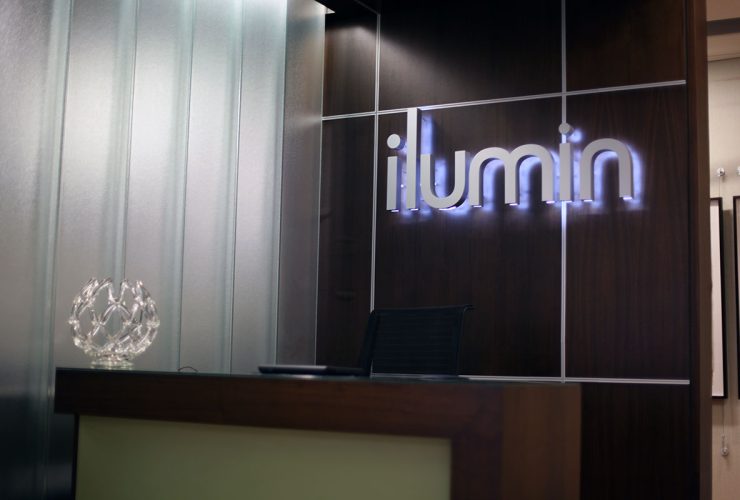Amblyopia, or a “lazy eye” refers to poor vision in an eye that did not develop normal sight during childhood. This common condition affects approximately two or three out of every 100 people. If one eye develops normally and the other does not, the eye with poorer vision is amblyopic. The two most common causes of amblyopia are misalignment of the eyes and anisometropia (a large difference in the prescription between one eye and the other). Treatment may consist of glasses, patching or using drops to blur or block the vision in the stronger eye, or, in some cases, surgery to realign the eyes. In rare cases, both eyes may be amblyopic.
The best time to treat and correct amblyopia is during infancy or early childhood. After the age of nine, a child’s visual system is normally fully developed and often cannot be changed.
If treatment for amblyopia is not administered as early as possible, several problems can develop that can persist from childhood to adulthood:
- The amblyopic eye may develop a serious and permanent visual defect
- Depth perception may be poor or lost
- If the stronger eye becomes diseased or injured, it can mean a lifetime of poor vision
Schedule an appointment with your ilumin ophthalmologist for information on how you and your child can successfully treat amblyopia.






